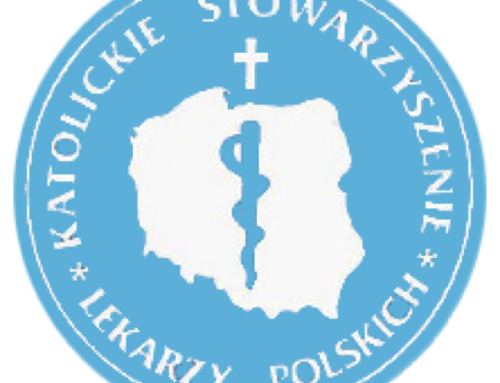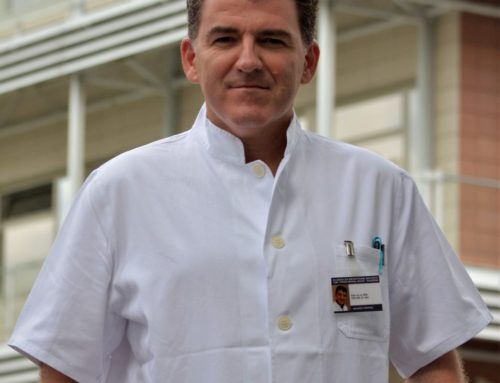Dialogue to improve the joint action against trafficking in human beings
Human trafficking is a semi-invisible, multifaceted phenomenon that requires joint action from political, social and religious bodies for its reduction.
In the context of the regular dialogue between COMECE and CEC with the European Political Strategy Centre (formerly BEPA), a Seminar on “Common Action to Fight Trafficking in Human Beings” took place in the Berlaymont building, seat of the European Commission, on 27 November. Divided into three sessions (Fundamental Rights Perspective, in particular children; Prevention; and Detection and Protection of Victims), the full-day event ended with a common consensus that the legislation in place in the European Union is a good instrument but that some Member States are still failing to transpose the legislation and, above all, the implementation of the 2011 Anti-Trafficking Directive. A report on the transposition of this Directive is expected during 2015.
The recent EUROSTAT report (October 2014) shows that most of the 30,146 registered victims in the EU are female (80%) and are EU citizens (65%). In the first session, the approach by EUROSTAT was considered inadequate, because the picture provided is not realistic. EU estimates are needed, and the example of United Nations agencies such as the International Labour Organisation (ILO) or the United Nations Office on Drugs and Crime (UNODC) is a good practice to follow: ILO estimates that 880,000 persons are victims of forced labour in the EU. The gap between the EUROSTAT figures (scientifically assembled but not realistic) and the ILO figures (estimates, but more realistic) show that policies can only be more effective if the phenomenon is clearly and fully pictured, including the unreported cases of male (often considered just as irregular migrants and deported without identification) and child victims of trafficking.
Trafficking is a multifaceted phenomenon, rapidly changing in its forms and ways that include other situations beyond prostitution, sexual exploitation and labour exploitation. Forced begging or inducement to commit crimes, forced marriage, illegal adoptions, trafficking in human organs, identity exploitation for welfare benefits, etc., and trafficking for reproductive purposes (particularly, surrogacy) were mentioned during the Dialogue Seminar as new forms of “modern slavery.” In all cases, a human rights and victim-centred approach were highlighted as key in addressing THB at all stages, considering the legal obligation of Member States to attack demand instead of re-victimising the trafficked person.
A battery of measures are essential to prevent trafficking in human beings and to support their victims: facilitating long-term residence permits for victims (even in cases of non cooperation with police), more efficient systems for identifying them (e.g. through labour inspections, regular training of law enforcement officers, etc.), developing a “best interest of the child” system, support in their reintegration into society, protection of their privacy, effective compensation mechanisms, hosting them in appropriate shelters and not in detention centres, avoiding their repatriation, protecting their families, etc. Particularly important is the need to prevent trafficking at its roots, namely poverty and violence, and to provide legal channels for labour migrants, as a way of avoiding false promises to naïve or desperate persons looking for a better situation for them and their families.
A well-designed and implemented system of aid to non-developed countries involving genuine cooperation must also be an instrument to combat trafficking in human beings. Nonetheless, in countries of destination, a certain cultural environment encourages the demand for new “slaves”: the unrestricted culture of desire, expressed in consumerism according to which persons can also be objects of consumption; “production” of children, premature sexualisation of girls and boys, and the colossal pornography industry are some examples that illustrate this widespread phenomenon.
The fight against trafficking is a call to all persons and institutions to play their role, in a global action which requires mutual cooperation and enlarged networking: fighting against corruption of governments, preventing business organisations benefitting from labour exploitation, reinforcing moral values, supporting family friendly mainstreaming in policies, raising awareness in formal and informal education and mass media, and combatting indifference in societies towards the victims; but also a more active role for Churches and religious institutions (such as RENATE -Religious Europe Networking Against Trafficking and Exploitation-, or TALITHA KUM -International Network of Consecrated Life Against Trafficking in Persons-) is expected. For example, by opening their venues e.g convents, religious houses, to victims of exploitation, and looking towards their healing as persons much good work can be done. Inter-religious and ecumenical initiatives are also valuable in a global context.
European culture offers a way out of any kind of exploitation as Pope Francis reminded us in his remarkable speech to the European Parliament on 25 November, through the recognition of the reality that all “persons endowed with transcendent dignity” and “inalienable rights which no one may take away arbitrarily, much less for the sake of economic interests.”The cultural pattern that denies the human being transcendent dignity must change to make possible the society which takes care of all, particularly those who are the most fragile.
José Luis Bazán










